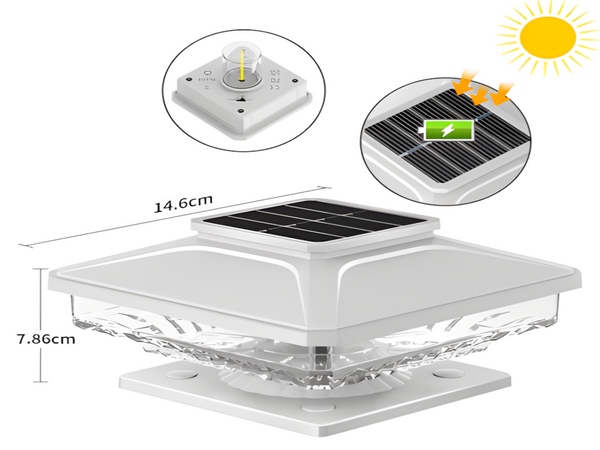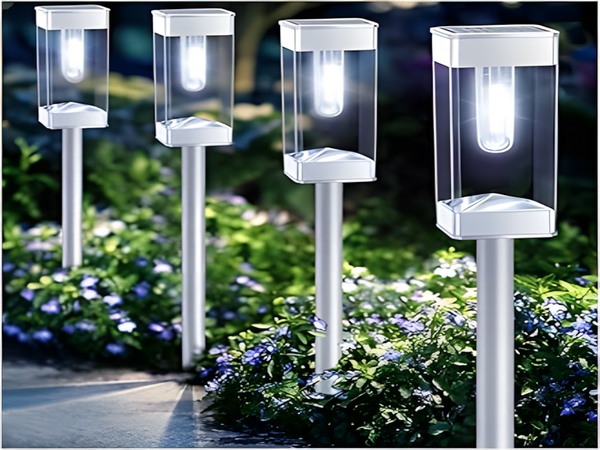
Nowadays, the application of LED technology is becoming increasingly widespread. Essentially, if there is a power supply, there is likely to be an LED present in products that emit light. The scope of its application has expanded from indoor to outdoor spaces, making LED fixtures very popular in the market. However, this popularity may lead some profit-driven manufacturers to produce substandard LED fixtures. It is crucial for consumers to prioritize quality alongside price when purchasing products. But how can one discern the quality of LED fixtures? Here are some key factors to identify quality:
1. Overall Power Factor of the Fixture: A low power factor indicates poor design in the drive power source and circuits. This can significantly reduce the lifespan of the fixture. If the power factor is low, even the best-configured LED fixture will have a short lifespan.
2. LED Fixture Heat Dissipation: For fixtures with the same power factor and similar quality LEDs, if the heat dissipation condition is poor, the LEDs will perform poorly at high temperatures, resulting in significant light decay and a shorter lifespan for the fixture.
3. Light Efficiency: With the same wattage of LEDs, the higher the light efficiency, the greater the brightness. For the same brightness, lower energy consumption equates to higher energy savings.
4. Power Supply Efficiency: The higher the power supply efficiency, the better, indicating that the power supply consumes less power while outputting a larger power.
5. Safety Standards: The safety standards for LED fixtures in our country have been established. Please choose LED fixtures according to the national safety standards.
6. Lifespan of the Power Supply: The lifespan of the power supply is significantly shorter compared to other parts of the fixture. The lifespan of the power supply affects the overall lifespan of the fixture. The theoretical lifespan of LEDs is between 50,000 to 100,000 hours, while the power supply ranges from 2,000 to 30,000 hours. The design and material selection of the power supply determine its lifespan.

7. Workmanship: A quality LED fixture, in addition to the primary factors mentioned above, must also meet different technical requirements depending on the usage environment, such as moisture-proofing, dust-proofing, magnetic shielding, and lightning protection.

These are some tips for identifying the quality of LED fixtures. When purchasing LED fixtures, it is also essential to consider the various power ratings of the products.



